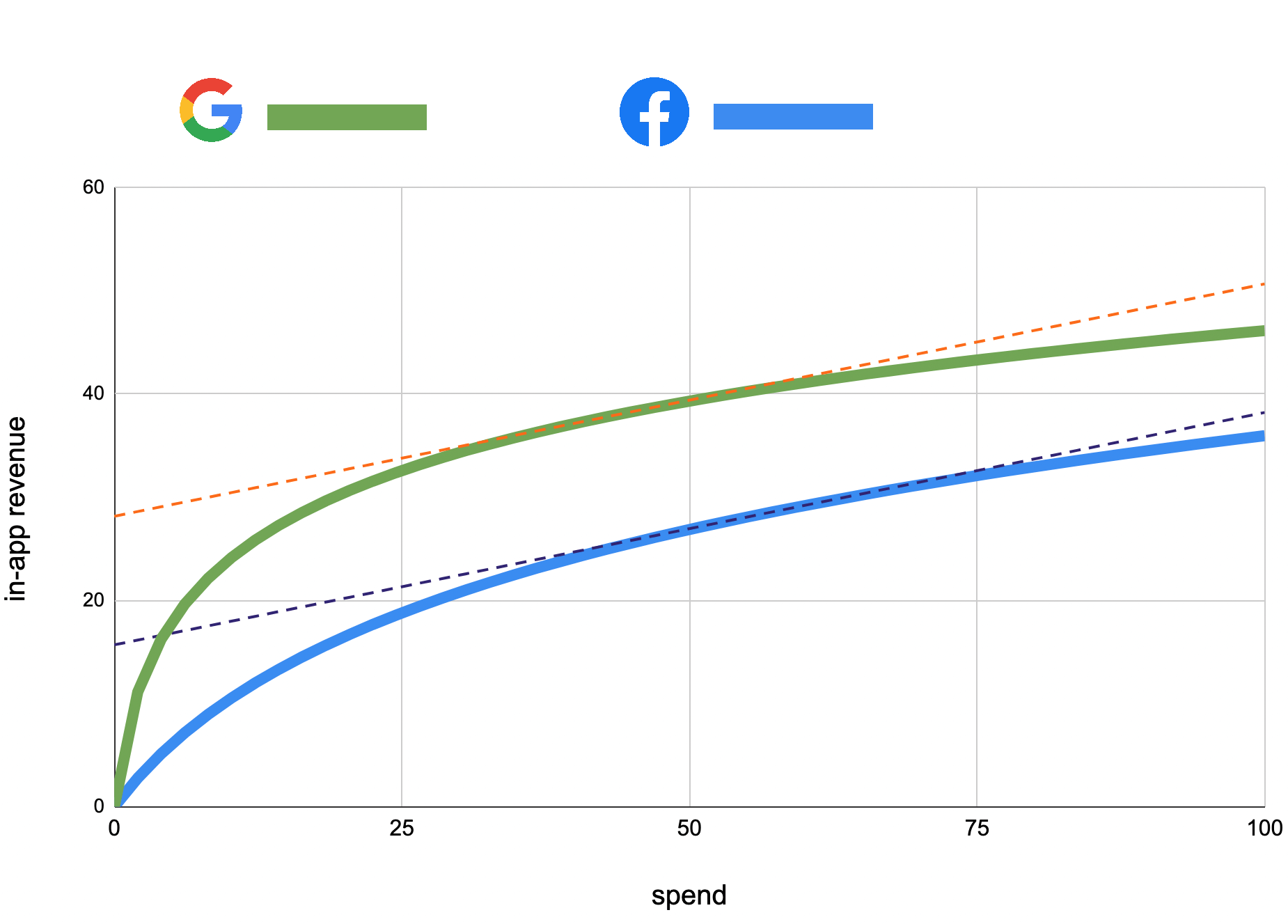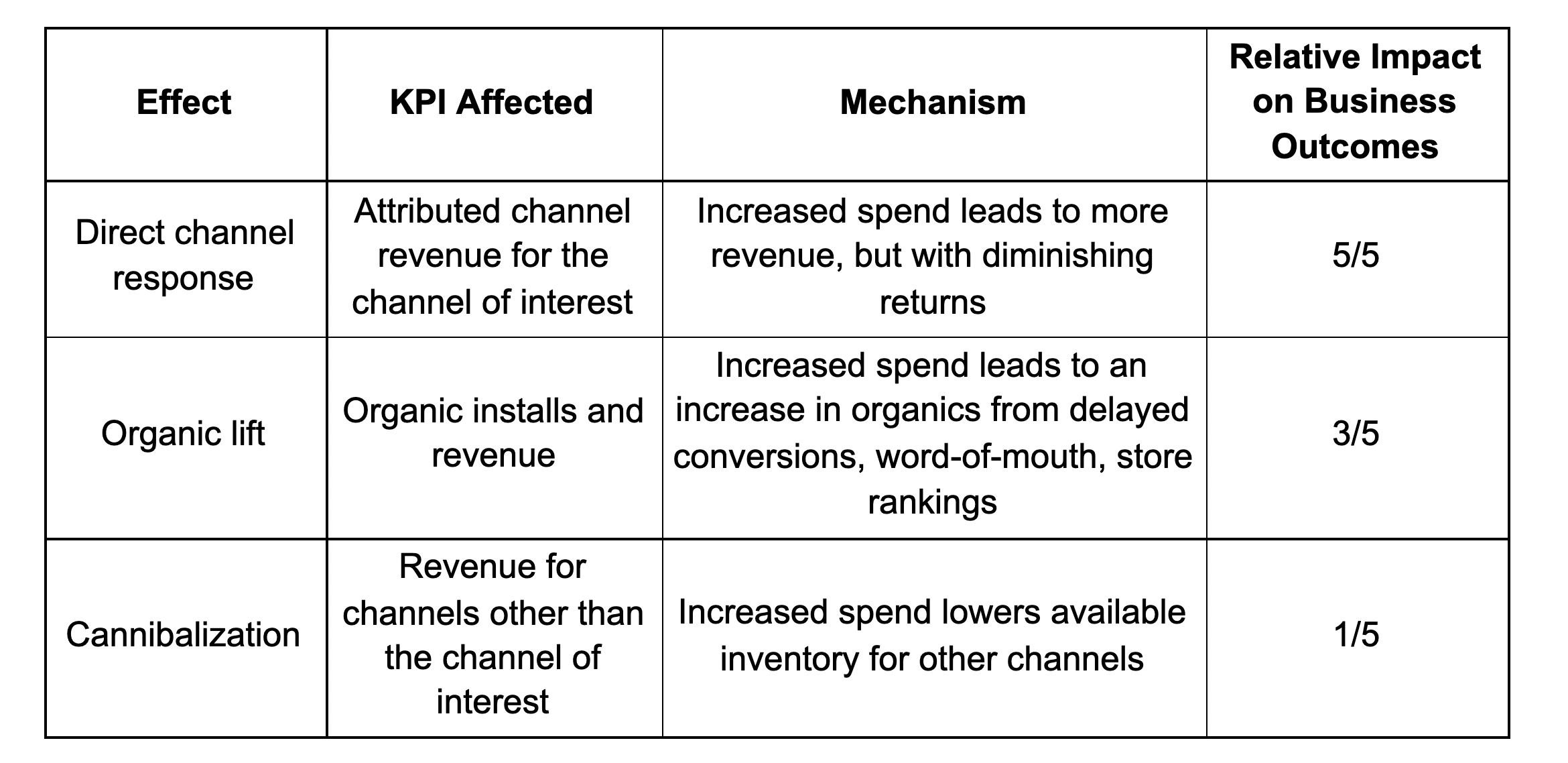
The Future of UA: What Is Incrementality and Why Does It Matter?
On April 26, 2021, Apple required all apps in the App Store to enable App Tracking Transparency (ATT), an in-app prompt that asks for a user’s permission before tracking their data across third-party apps and websites.
The deprecation of the IDFA was predicted by many mobile marketers well before Apple rang its death knell via ATT at Worldwide Developers Conference (WWDC) in June 2020.
ATT forces mobile marketers to reassess how they measure the performance of their marketing dollars based on the data signal available from attribution providers, ad networks, and their first-party data.
“Incrementality” is an idea being increasingly suggested as a solution to combat the lack of signal available to mobile marketers, but often the concept is used interchangeably with other concepts or misused altogether.
Here we answer what incrementality is, why everyone in UA is talking about it now, what types of incrementality can be measured, and where incrementality goes from here.
First off, what is incrementality?
Incrementality in marketing refers to the incremental benefit generated per unit of action taken. In the case of mobile user acquisition, incrementality is the measurement of incremental lift (i.e. (installs, revenue, etc.) that occurs when additional funds are spent on marketing.
Why is everyone in UA talking about incrementality now?
There are 2 main reasons why incrementality measurement hasn’t been as popular of an approach to mobile user acquisition measurement:
- Deterministic attribution data via mobile measurement partners (MMP) gives marketers a perception of certainty, however misplaced, around the return on ad spend (ROAS) of their mobile marketing efforts. This attribution data has given exact, user-level reporting of the performance of their marketing campaigns.
- Incrementality measurement requires complex statistical models to quantify the impact. So for the most part, incrementality measurement has been seen as only achievable for the largest companies that can afford in-house data science teams.
Despite the 2 reasons hindering the popularity of incrementality, many mobile marketers have historically modeled basic incrementality for different use cases:
- Organic lift via store rankings: By adding a ROAS multiplier at the platform level to account for the incremental installs and revenue driven by paid UA improving an app’s store ranking
- Apple Search Ads Limit Ad Tracking users: Adding a ROAS multiplier to their Apple Search campaigns to account for revenue generated by devices that didn’t share an IDFA and therefore MMPs couldn’t track post-install revenue
Incrementality has risen to prominence for several reasons:
- Attribution has been completely disrupted for users on iOS who don’t share their IDFA. In mobile performance marketing, marketers have come accustomed to user-level attribution with a rich view of how an advertising-acquired user behaves and spends within an app, from which they can determine long-term campaign performance. SKAdNetwork, the now de facto iOS attribution solution, offers far less signal than marketers are used to, providing only campaign-level attribution with a limited view of the long-term performance of a campaign. SKAdNetwork’s attribution limitations cripple mobile marketers’ ability to effectively measure the performance of their marketing investments.
- All users who don’t share their IDFA are now tagged as “organic” by MMPs, making it extremely challenging for mobile marketers to differentiate between paid users and organic users using a mobile app
Given the increased importance of incrementality, we thought it valuable to outline the different types of incrementality that mobile marketers can measure and how each type affects business outcomes.
Effect #1: Direct channel response
When we refer to incrementality in this context, we’re describing the relationship between additional spend allocated to a specific channel and the resulting change in the ROAS from the observed channel.
The optimal way to measure this incrementality is by assessing each channel as part of a portfolio of channels and then assessing incrementality at the portfolio level. This means we’re quantifying the portfolio ROAS as we increase or decrease budget based on channel level performance. Then, we can determine whether or not adding incremental spend to a channel relative to others is optimal or not.
This is by far the most important way to measure incrementality. Allocating budget effectively across channels is the most impactful way to optimize the returns of the total marketing budget. Although optimization at the campaign level is necessary, optimizing a portfolio at the channel level ensures that the incremental returns are at least allocated to the appropriate channel.

Chart 1: Example of a channel-level incrementality model for Facebook and Google. In the above scenario, it’s best to allocate each incremental dollar spent on Facebook rather than Google. A mobile marketer ignoring incrementality measurement would likely reach the opposite conclusion, spending more on Google over Facebook.
Effect #2: Organic lift
This is the incremental organic installs and revenue driven by increased spend caused by various reasons including delayed conversions, word-of-mouth referrals, organic discovery, poor attribution, and more. These installs and revenue aren’t quantified as part of a normal attribution methodology and therefore mobile marketers need to model the impact using ad views, clicks (if available), and downstream metrics such as installs and revenue.
Organic lift is especially important for mobile apps as store rankings and the social nature of mobile means that a significant portion of additional revenue can be driven by increasing ad spend on a specific channel.
Effect #3: Cannibalization
As spend is increased on a specific channel, this is the cannibalization of installs and revenue on other channels. If the additional spend on a specific channel lowers the returns on other channels, and therefore the portfolio ROAS, a mobile marketer can say that the increased spend isn’t incremental and cannibalizes the portfolio returns.
Types of incrementality

Table 1: Different types of incrementality, how they affect KPIs, and their relative impact on the business outcomes
So, where does incrementality go from here?
Incrementality is increasingly important as mobile performance marketing moves from deterministic attribution, where marketers felt certain about their attribution and measurement, to a world where less signal at the user-level means data science-based models become even more important to measure the impact of marketing investments.